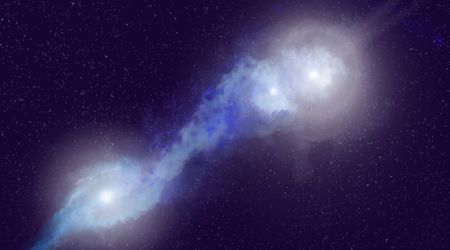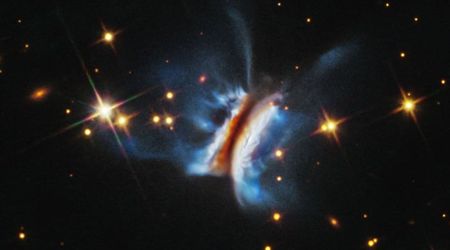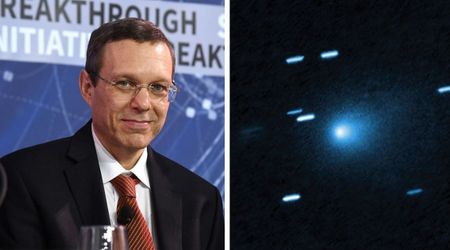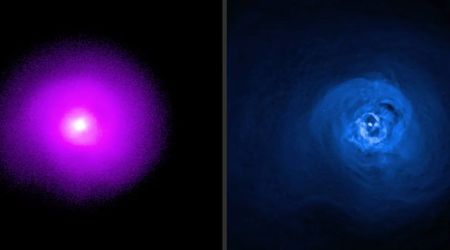Astronomers were perplexed by 'impossible’ merger of two giant black holes—now they know how it happened

Unprecedented gravitational waves were detected in 2023, when two giant black holes collided and merged into a supermassive black hole. The discovery surprised scientists, as in their opinion, it was something that should not have happened. Seeking answers, astronomers at the Flatiron Institute’s Center for Computational Astrophysics (CCA) conducted comprehensive simulations. To find how these black holes merged, they traced the lives of the parent stars from birth to collapse. The Astrophysical Journal Letters published the results of these simulations, which revealed the aspect that was missing from previous studies: the role of magnetic fields.

The huge collision was detected around 7 billion light-years away with huge masses and extreme black hole spins. Known as GW231123, the collision was observed by the LIGO-Virgo-KAGRA collaboration, as per the Simon Foundation. The black holes weighed 85 times and 66 times the mass of our Sun, with the former landing in the "mass gap." This was an area thought to be impossible for black holes to form. This merger is unlikely to be a single event, as per a new theoretical model, but a collision inside a dense stellar cluster that occurred hierarchically.
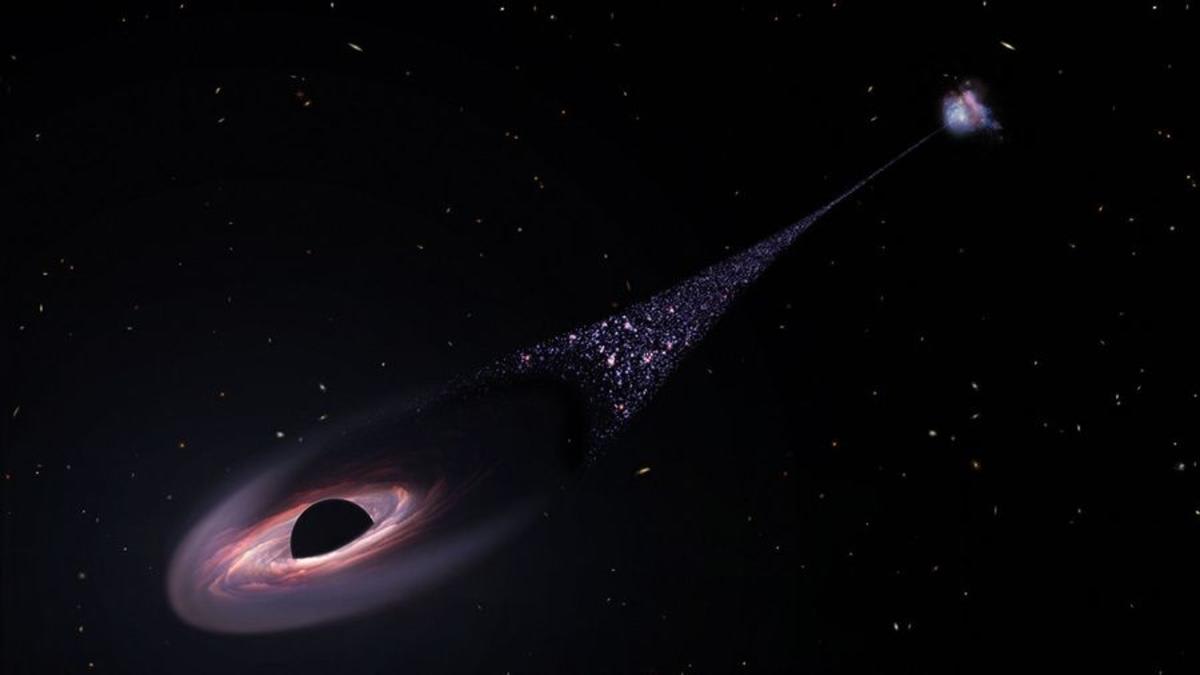
“No one has considered these systems the way we did; previously, astronomers just took a shortcut and neglected the magnetic fields,” said Ore Gottlieb, an astrophysicist at the CCA and lead author of the new study. “But once you consider magnetic fields, you can actually explain the origins of this unique event,” they added. The team conducted two stages of computational simulations. The first simulation rendered the life of a giant star 250 times the mass of the sun, from when a star starts to burn hydrogen to when it runs out and collapses into a supernova.
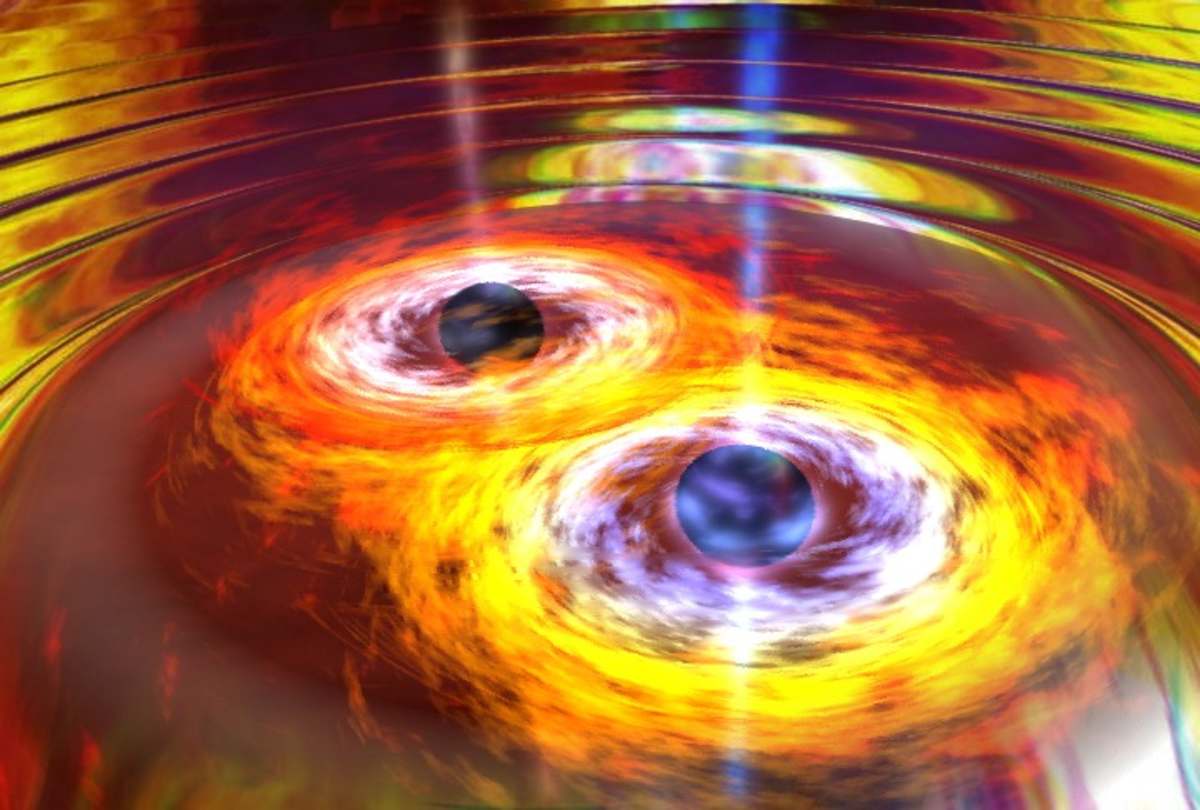
The supernova stage brought it down to 150 times the sun’s mass from burning through enough fuel. This placed it just above the mass gap and was big enough to leave behind a black hole upon collapse, as per Phys Org. The second set of complicated simulations dealt with the supernova’s aftermath, which accounted for the magnetic fields. The supernova remnants had a cloud of stellar material with magnetic fields and a black hole at the center. The simulations challenged the assumption about how the final mass of the black hole matched the massive star.
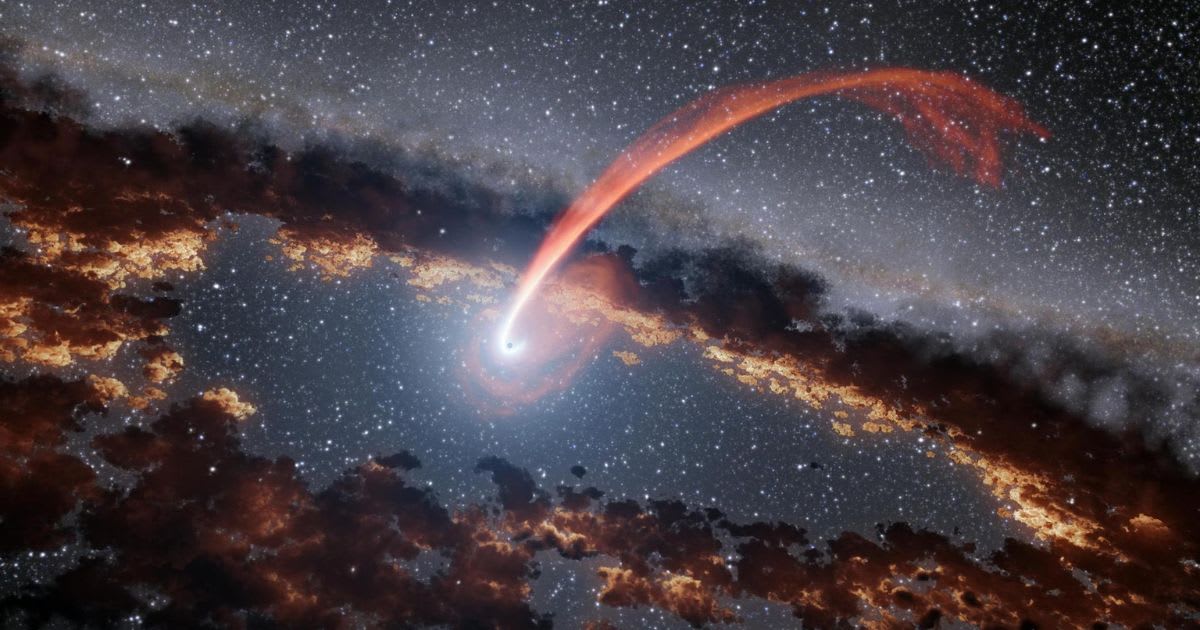
It showed that after the star collapsed, the leftover cloud immediately fell into the black hole. However, this cloud became a spinning disk and caused the black hole to spin faster until the material fell into an abyss. This was only possible if the initial star was spinning rapidly. The presence of magnetic fields exerts pressure on the debris disk. This ejects some material away from the black hole at nearly the speed of light. This outflow eventually reduced the material’s bulk, which fed into the black hole, an effect that was greater with stronger magnetic fields.
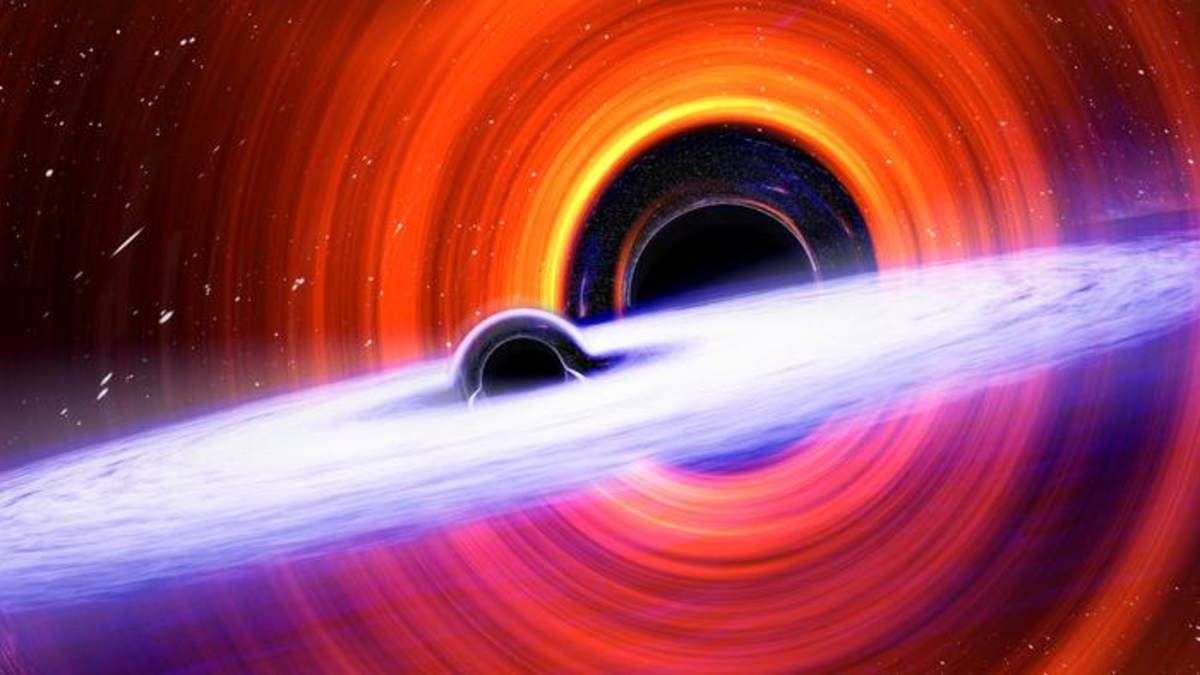
The simulations showed that the magnetic fields ended up creating a final black hole in the mass gap. It suggested a connection between the mass and spin of black holes, likely following a pattern. It was also found that these kinds of black holes create bursts of gamma rays when they form, which could be observed. “We found the presence of rotation and magnetic fields may fundamentally change the post-collapse evolution of the star, making black hole mass potentially significantly lower than the total mass of the collapsing star,” Gottlieb explained.
